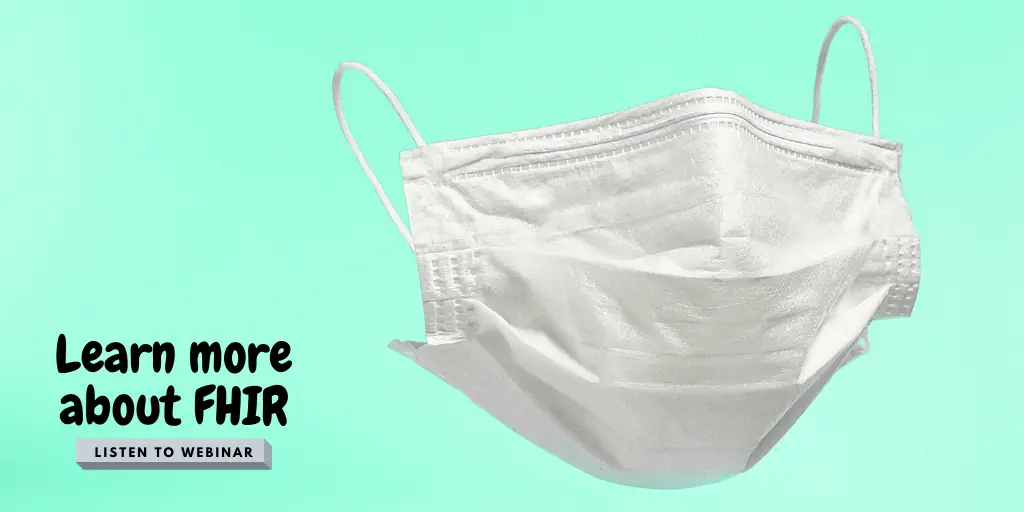What Is FHIR?

If you work in healthcare, data science or any of the fields the two industries overlap, you’ve probably heard chatter about how electronic health records (EHRs), digital health applications, and consumers will use and exchange structured healthcare data. FHIR (the acronym stands for “Fast Healthcare Interoperability Resources”) combines the best features of HL7’s Version 2, Version 3 and CDA product lines while leveraging the latest Web standards and applying a tight focus on implementability.”
Developed by standards organization Health Level Seven International (commonly known as HL7), FHIR describes data formats, elements and an application programming interface needed to exchange electronic health information.
In the context of health care, interoperability enables the frictionless exchange of data using simple web standards. It even allows doctors, insurance companies, and others to aggregate data from disparate systems to gain new insights using AI and machine learning.
“If you want to use it for consumer or patient-centric information delivery, or you want to use it for a novel idea about wellness, you can,” said Charles Jaffe, MD, CEO of HL7. “It doesn’t limit you the way messaging does. Moreover when you want to query a system, you don’t have to have a registry.
“FHIR allows you to query systems that have FHIR capability independent of registries. Not only is it easy to use and is fast to develop and implement, but it’s also inordinately flexible.”
To learn more about FHIR and its applications in the healthcare systems of tomorrow, start with our Prolifics Guide To Fast Healthcare Interoperability Resources or click on any of the links to the left.

